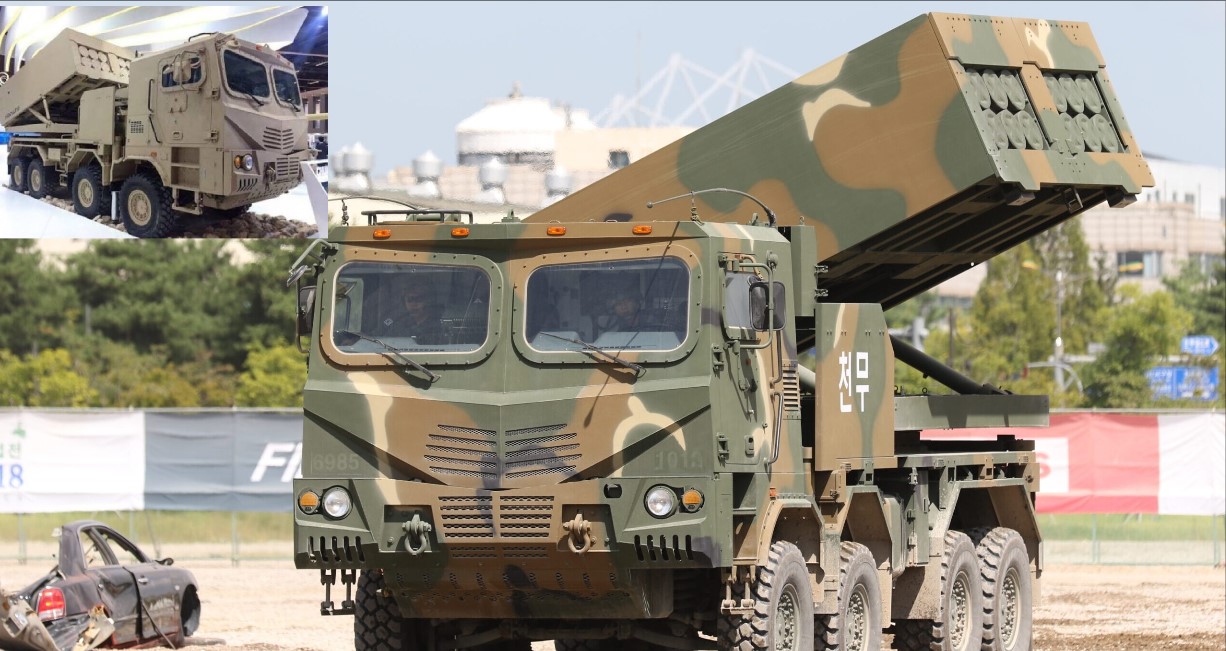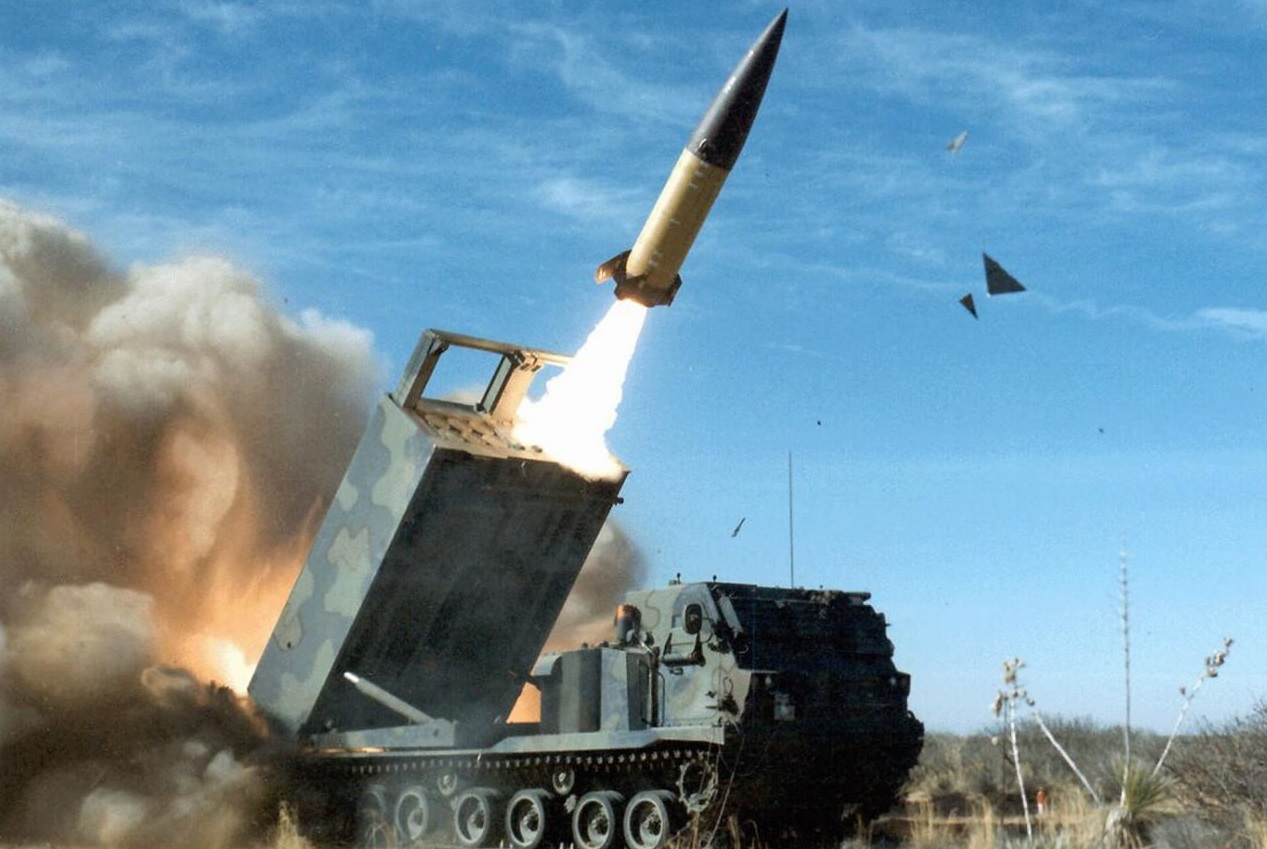Why India’s Hypersonic Missile Development : A Game-Changer for Future Warfare

In a world where military supremacy is heavily driven by technological advancements, India has made a significant stride by successfully testing a long-range hypersonic missile, developed indigenously by the Defence Research and Development Organisation (DRDO). This achievement, conducted from Dr. APJ Abdul Kalam Island off the coast of Odisha, has catapulted India into an exclusive club of nations capable of wielding such advanced military technology. With a range exceeding 1,500 kilometers and the ability to carry multiple payloads, this hypersonic missile is poised to redefine India’s defence landscape.
The missile’s capabilities are more than just numbers on a report. Travelling at speeds greater than Mach 5—over five times the speed of sound, or roughly a mile per second—hypersonic missiles bring unparalleled advantages to modern warfare. Defence Minister Rajnath Singh proudly hailed the achievement, emphasizing its historic significance and the nation’s newfound status in possessing one of the most advanced technologies in the world. In a world increasingly focused on rapid and unpredictable military threats, having a hypersonic arsenal not only bolsters national security but serves as a critical deterrent.
What Makes Hypersonic Missiles a Game-Changer?
The true strategic advantage of hypersonic missiles lies in their sheer speed and maneuverability. Unlike traditional ballistic missiles, which arc predictably through the sky and can be tracked and intercepted by existing defence systems, hypersonic missiles can change course mid-flight. This ability to maneuver, coupled with their low-altitude travel paths, makes them nearly impossible to detect and intercept. As they streak across the sky at extreme speeds, defence systems have only seconds to respond—a formidable challenge even for the most advanced nations.
India’s hypersonic missile is designed as a highly adaptive and formidable weapon that can serve various military needs. It represents a response to a global arms race in hypersonic technology, where countries like Russia, China, and the United States are already well ahead. For instance, Russia claimed to have used its Kinzhal hypersonic missiles in Ukraine in 2022, and the United States continues to invest billions into projects like the Long Range Hypersonic Weapon (LRHW) to maintain its strategic edge. By joining these ranks, India is ensuring it will not be left vulnerable in the rapidly shifting dynamics of military power.
The Technical Mastery Behind Hypersonic Missiles
Developing hypersonic missiles is no small feat. The immense speeds generate tremendous heat, caused by the friction with the atmosphere, which can melt most conventional materials. To counter this, engineers at DRDO’s Dr. APJ Abdul Kalam Missile Complex, along with partners from various Indian research labs, have had to rely on cutting-edge carbon composites and heat-resistant alloys. Furthermore, at such velocities, communication systems must be incredibly sophisticated to provide real-time navigation and guidance, ensuring the missile remains accurate and responsive to changing conditions.
Then there’s the matter of propulsion. Two main types of hypersonic missiles dominate global development: Hypersonic Glide Vehicles (HGVs) and Hypersonic Cruise Missiles (HCMs). While the former uses a rocket launch to soar high before gliding towards its target, the latter relies on scramjet technology to sustain hypersonic speeds throughout the flight. The engineering challenges are immense, but India’s progress in mastering these technologies highlights an impressive leap forward.
Why India Is Investing Heavily in Hypersonics
For India, the development of hypersonic weapons is driven by both regional and global strategic considerations. Surrounded by powerful and often hostile neighbors, such as China—which has already tested hypersonic glide vehicles—and an unpredictable Pakistan, India must ensure its defences remain impenetrable. Hypersonic missiles serve as an ideal countermeasure to advanced threats, providing a strategic deterrence that forces adversaries to think twice.
Moreover, hypersonic weapons have the potential to deliver devastating strikes on critical infrastructure, even those hidden deep underground. Their speed and kinetic energy make them powerful enough to obliterate hardened bunkers, making them indispensable in neutralizing high-value targets.
A Future of Advanced Deterrence and Self-Reliance
India’s foray into hypersonic technology also signifies a broader commitment to technological self-reliance. By developing these capabilities indigenously, India is not only protecting itself from external dependencies but also strengthening its defence industry. This effort is part of a larger strategy to ensure the country can innovate and adapt to evolving warfare scenarios.
While the success of this hypersonic missile test is commendable, there are challenges ahead. The cost of developing and deploying such advanced weapons is enormous, and sustaining a hypersonic weapons program will require continuous investment and innovation. Additionally, with the global arms race accelerating, the geopolitical implications are profound. India’s advancement may lead to new security dynamics in South Asia and beyond, requiring careful diplomatic management.
Nonetheless, India’s entry into the hypersonic missile club is a defining moment for its military and technological prowess. By achieving this feat, India has not only secured a more robust defence posture but has also sent a clear message: it is ready to meet the demands of 21st-century warfare. The coming years will likely see further developments as India seeks to integrate these capabilities into its armed forces, positioning itself as a formidable and technologically advanced power on the global stage.


